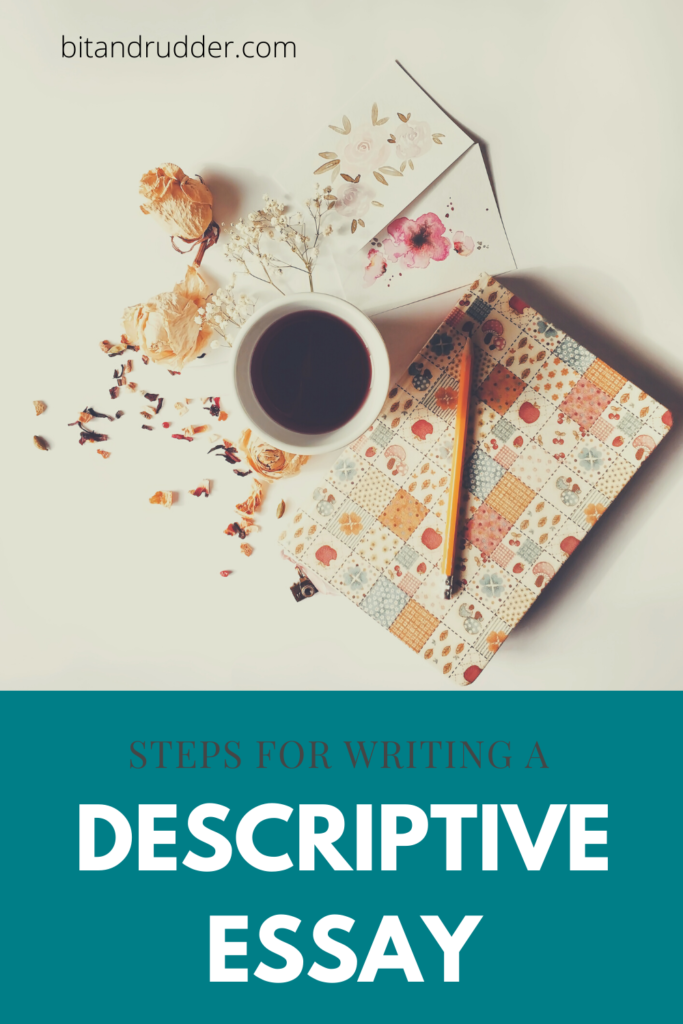#2 How to Teach Writing to Middle and High School Students: Step 2—The Writing Process
Understand and use the writing process
My goal in this series is to give you—the homeschool parent/teacher—a straightforward, tactical plan for teaching writing to older students. In the last episode, I explained how easy and effective structured journals can be, especially if your child lacks confidence as a writer. Journals aren’t exactly magical, but pretty close—and so very easy to implement.
So that brings us to the next step which is all about the process of writing—and it has steps too—perfect, right? Because steps give us a pathway—from blank page to finished product.
In this episode, I talk about
- How to help students find and explore a topic so that they never again have to say “I don’t know what to write about”
- The crucial difference between revising and editing, and why it’s important to do both
- Why the first version of a paper should not be the only version
- One clever trick for proofreading
In this nuts-and-bolts episode, I take you through every step of the writing process
- Prewriting
- Drafting
- Revising
- Editing
- Publishing
And I provide plenty of examples so you can see this powerful tool in action!
Be sure to grab the cheat sheet I created for this episode, so you can practice the writing process for each and every writing assignment.
Links mentioned in this episode:
The Writing Process Cheat Sheet (Episode 2)
Episode #1 How to Teach Writing to Middle and High School Students: Step 1—Structured Journal

